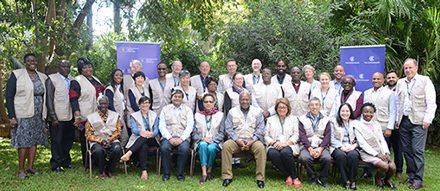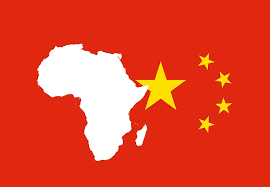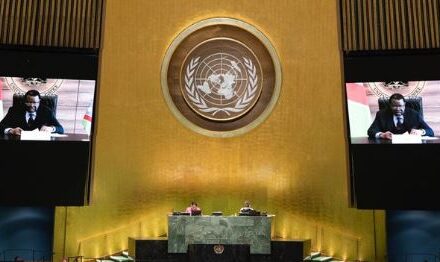
DRC President Tshisekedi proposes SADC fund to bankroll industrialisation drive

By Kizito Sikuka.
The SADC Chairperson, President Felix Tshisekedi has proposed a regional fund to support industrialization in SADC Member States and ensure the sustainability of its integration agenda.
Tshisekedi, who is President of the Democratic Republic of Congo (DRC) said this in his welcome message as host of the 42nd Summit of Heads of State and Government of the Southern African Development Community (SADC) held in August.
In the official Summit publication that provides an annual review of progress, President Tshisekedi said the time has come for SADC to consider setting up a dedicated fund to support its industrialization agenda.
“We encourage our organization to reflect on the need to set up an industrialization fund in order to finance industrialization projects and programmes and get out of dependence on external partners,” he said.
In this way, we will be able to achieve a major economic and technological transformation at national and regional levels towards the deepening of regional integration as advocated by the SADC Industrialization Strategy and Roadmap.”
He said the regional fund would complement resources from other partners including international cooperating partners and private investors, thus allowing the region to take full charge of its developmental trajectory and industrial path.
Currently, it is estimated that more than 70 percent of the SADC budget comes from international partners.
A dedicated regional industrialization fund has the capacity to reduce this dependence on external partners.
Industrialization is a priority for SADC, and since 2014, all SADC Summit themes have focused on action towards achieving the goals of an industrialized and competitive region.
The SADC theme for the year 2022/23, under the leadership of the DRC is ‘Promoting industrialization through, agro-processing, mineral beneficiation, and regional value chains for inclusive and resilient economic growth.’
“With this theme, we intend to enhance the many natural resources of our region and encourage local transformation in order to create decent jobs for the youth and fight against poverty,” President Tshisekedi said.
Endowed with vast natural resources such as fertile soils and minerals including gold, diamonds and lithium, SADC is indeed capable of establishing a regional fund to support its own industrial growth and create jobs for its youth.
Such funding could come from initiatives such as curbing Illicit Financial Flows (IFF); creating a regional lottery system; harnessing resources from a proposed philanthropy network; as well as introducing regional transport and tourism levies.
For example, it is estimated that Africa continues to lose resources valued at up to US$150 billion annually through IFFs or “illicit capital flight”, mainly through tax evasion, and mispricing of goods and services by multinational companies.
The outgoing Chair of SADC, President Lazarus Chakwera of Malawi said the destiny of the region lies in its own hands and all Member States should work together in pooling their resources to fund the developmental agenda. including implementing the SADC Industrialization Strategy and Roadmap.
The SADC Industrialization Strategy and Roadmap aims to accelerate the momentum towards strengthening the comparative and competitive advantages of economies of SADC Member States.
Approved in April 2015, the strategy and roadmap is anchored on three pillars – Industrialization; Competitiveness and Regional Integration – and seeks to ensure that SADC adds value to its natural resources before exporting.
Currently, very few SADC countries process their own raw materials, with the bulk of the value addition taking place elsewhere and benefiting others.
In this regard, an industrialized region will allow SADC to fully benefit from its vast natural resources and become a dominant force in global affairs.
The 42nd SADC Summit publication was produced by the Southern African Research and Documentation Centre (SARDC) in collaboration with the SADC Secretariat.
The annual publication highlights the key achievements realized by SADC in the past year to advance integration in the region.
Southern African News Features are produced by the Southern African Research and Documentation Centre (SARDC), based in Harare. www.sardc.net











































